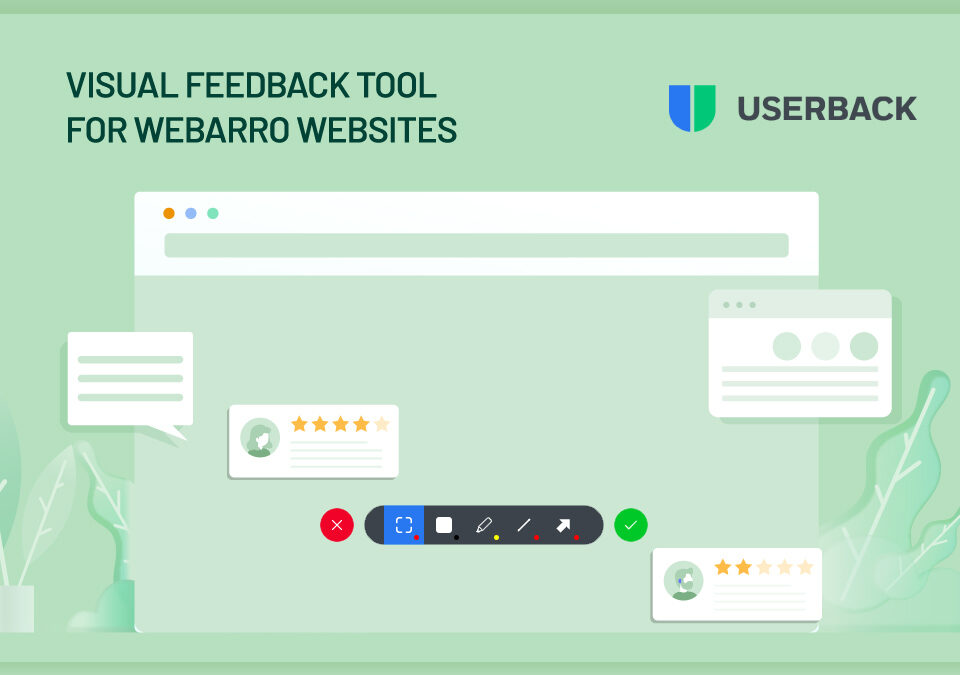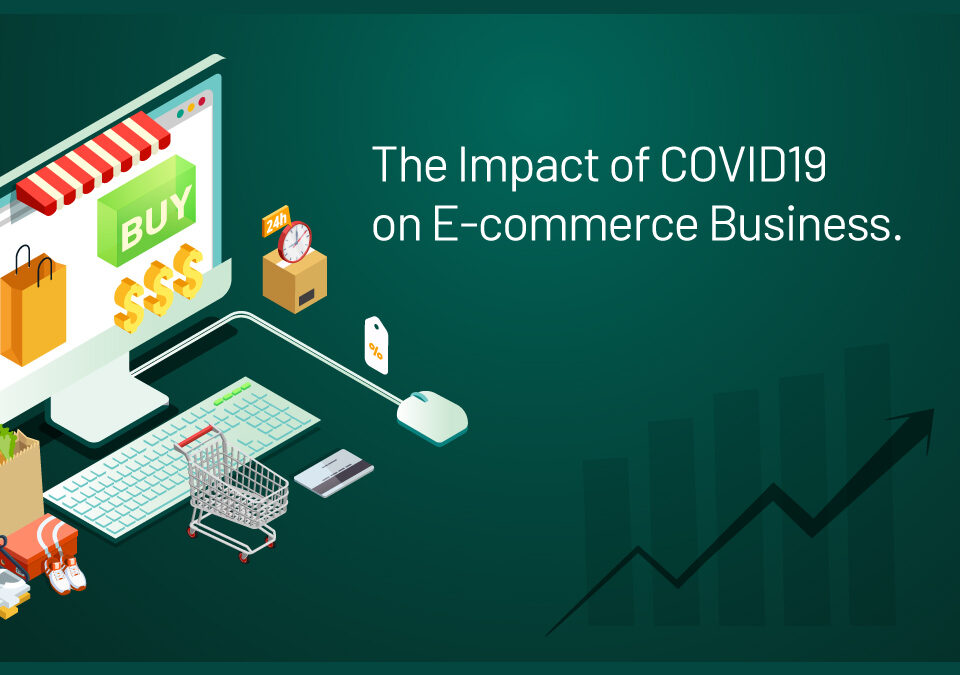3 Best platforms for paid content distribution

In today’s content-driven online landscape, cutting through the noise and reaching the target audience isn’t easy. A peek into the online content generation statistics is all that is required for one to understand the real challenge of a content marketer in reaching the right audience. Here are some figures that gives you a better perspective of the staggering amounts of data that is being generated every minute.
- 300 Hours of video uploaded in YouTube every minute
- 350,000 Tweets are sent in Twitter every minute
- Around 10,000 images pinned in Pinterest every minute
- Facebook users Like more than 4.1 million posts every minute
With such humongous loads of data being generated in no time, reaching your online target audience isn’t easy! This precisely is the reason why more and more brands are seeking for new and effective ways to promote their content online, even if it cost them big bucks. Here are some of the best content distribution platforms to consider, if you are taking the paid route.
1. Content Discovery Platforms
When browsing through premier news websites and blog pages, you would have noticed a section at the side or bottom of the page saying “Recommended Posts” or “Suggested Content”. If you’ve ever wondered what this is, these are nothing but paid content promoted by content discovery platforms such as Outbrain, Nativo and Taboola. Content discovery platforms makes use of various tools and algorithms to analyze your browsing history and preferences to recommend appropriate content that’s matching your areas of interest.
The increasing popularity of this mode of content distribution can be accredited to the fact that the suggested content isn’t random, but based on user preferences. This ‘relevance factor’ leads to higher click rate, better leads and conversions. Moreover, most users consider the Related Posts as part of the editorial streams, as its strategically placed, matching the look and feel of the publication, again a positive case for higher click rates.
2. Sponsored Social Media Updates
With social media networking accounting for 28 percent of all the media time spent online, social media has emerged as an indispensable part of online marketing activities. All the major social media platforms like Facebook, Twitter, and LinkedIn has translated this opportunity into business by offering sponsored updates as a paid service. However, the choice of social media platforms for marketing should be based on the need and target audience. Facebook and Twitter are best suited for brands looking to engage B2C customers, while LinkedIn is for B2B marketers who are targeting a niche professional audience.
3. Story Distribution Platforms
Platforms like Sharethrough, SimpleReach, StumbleUpon, OneSpot, ScoopWhoop, Storypick and various others provide services similar to that of content discovery platforms but with additional distribution features focusing on content sharing, sequencing, retargeting, repeat engagements and others, along with analytics tools to measure viewer engagement and attention.
Rather than relying on a single online marketing platform, most content marketers combine multiple content marketing platform to optimise distribution and reach the target audience. Take for example, the online campaign for Hindustan Unilever’s tomato ketchup brand Kissan. The video ad titled ‘Kissanpur – Real Joy of Togetherness’ was launched in the owned media through their website www.kissan.in and promoted online through the paid content discovery platform Outbrain. This was followed up by an article covering the ad film in the earned media through storypick.com, a content sharing portal promoting India-centric content, which gets shared in social media and other channels. The result – Kissan succeeded in creating a brilliant brand engagement around the video through multiple digital platforms without having to invest in conventional media. In fact, this also remains as a fine example of using all the three forms of digital media – paid, earned and owned.




